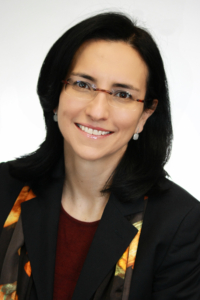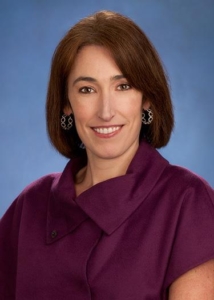Welcome to The Glass Hammer’s “Women in Tech” month! We will be celebrating successful women in technology all month long!
Patricia Florissi, EMC Vice President and Global Chief Technology Officer, Sales, knew from a very young age that she had an affinity and a talent for math problems and logic puzzles. What she did not realize at the time is how this skill set and passion for more technical subjects would lead her toward a rewarding career in information technology.
This is because at the time, computer science had not fully been developed as a curriculum. Perhaps it was fate –or a stroke of luck –that Florissi encountered when the first computer science course was created at her university in Brazil, giving her the opportunity to enroll in the class and take the first step toward her bright future in the field.



